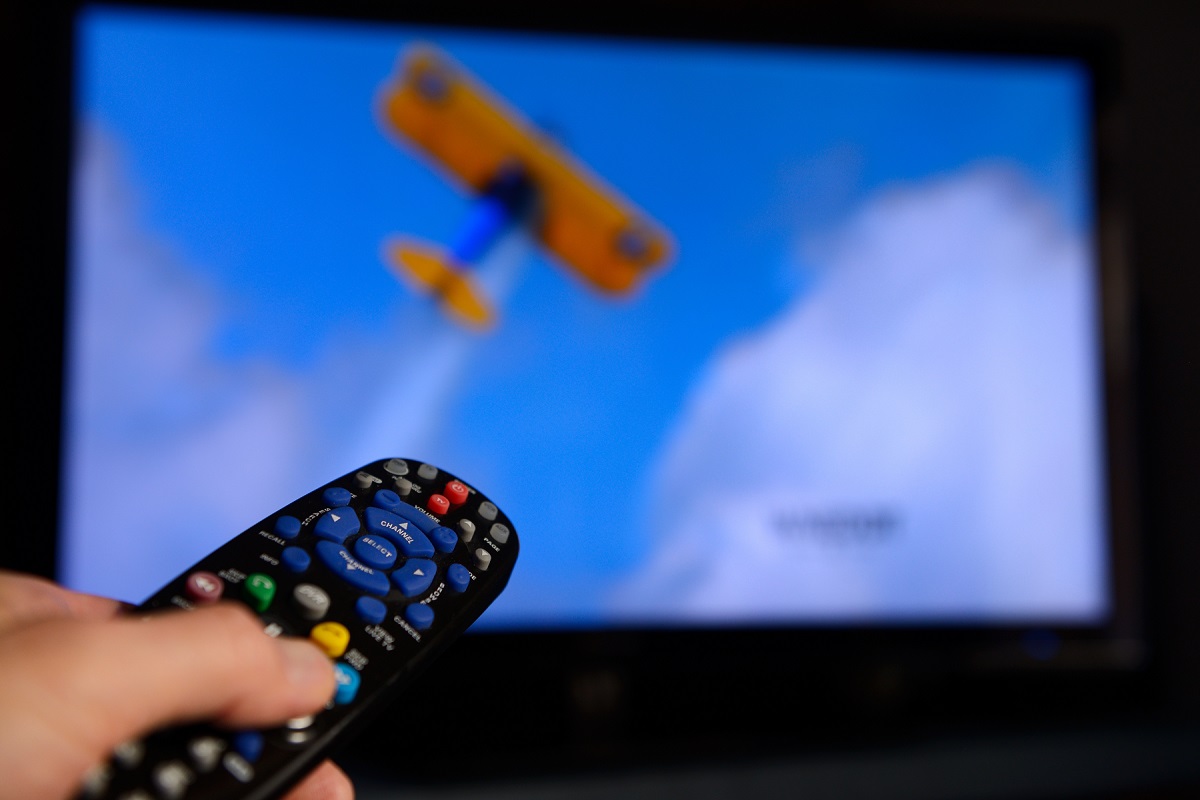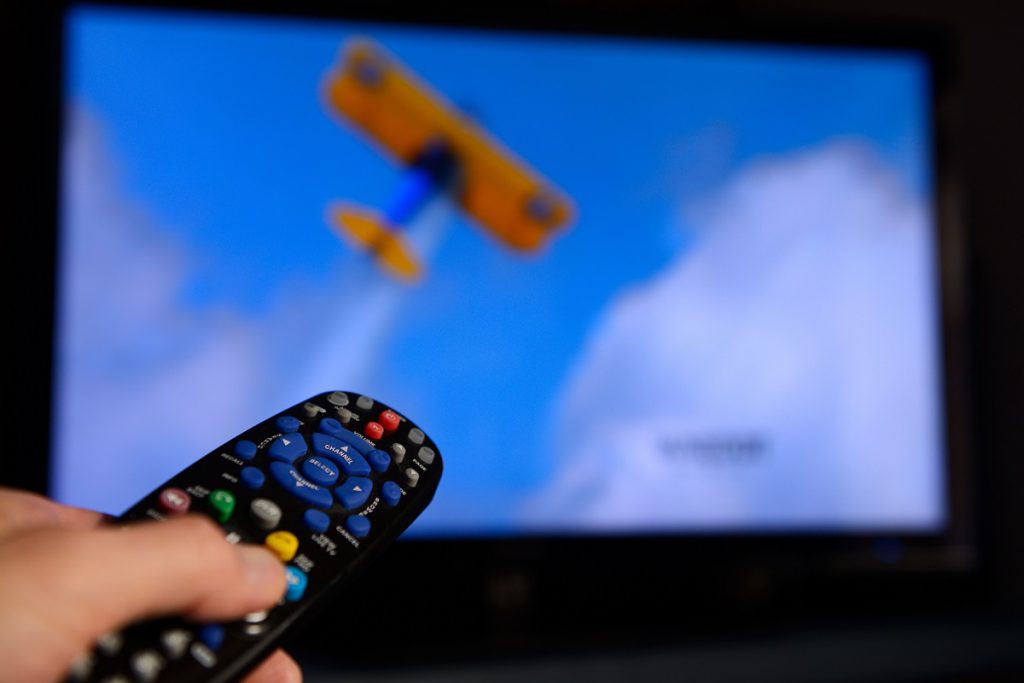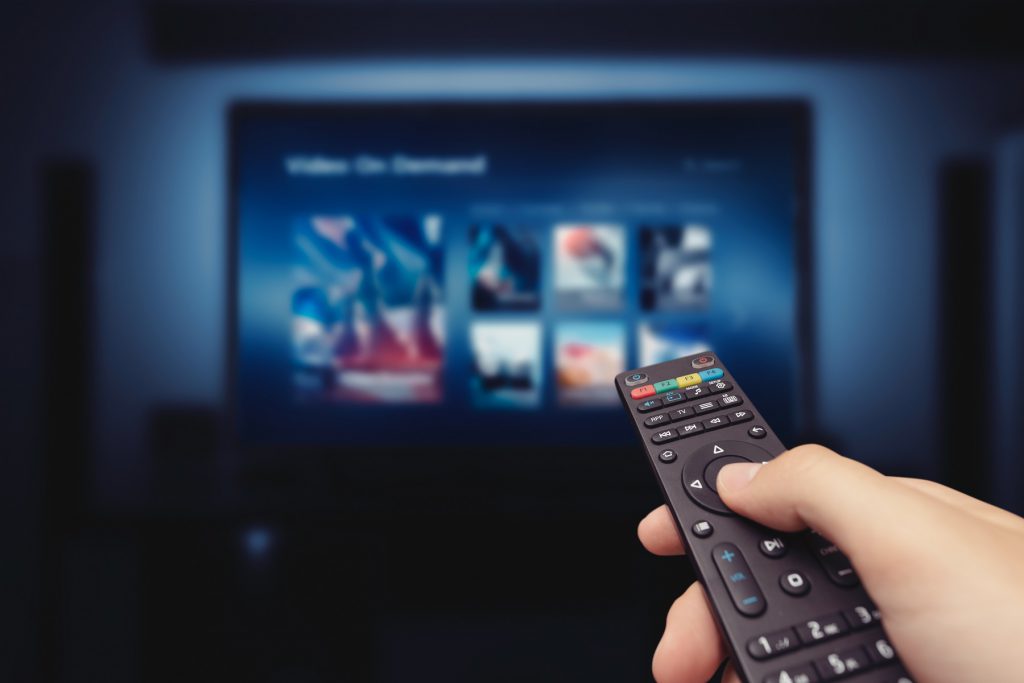Creating a home theater experience that immerses you in the magic of cinema is a dream for many. Whether you’re a movie buff, a sports enthusiast, or a gaming aficionado, having the right accessories can make all the difference. In this guide, we’ll explore the must-have accessories for your home theater setup, helping you transform your living room into a cinematic oasis.
Choosing the Right TV
The centerpiece of any home theater is the television. When it comes to choosing the right TV, several factors should influence your decision. First and foremost is the type of display technology.
LED, OLED, and QLED are the most common display technologies available today. LED TVs are known for their affordability and energy efficiency. OLED TVs offer deeper blacks and wider viewing angles, making them ideal for home theaters. QLED TVs, on the other hand, provide vibrant colors and high brightness levels.
Besides display technology, screen size is another critical consideration. The ideal screen size depends on the size of your room and your seating distance. To determine the right size, experts often recommend that your seating distance should be approximately 1.5 to 2.5 times the diagonal screen size.
Surround Sound Systems
A high-quality surround sound system can take your home theater experience to the next level. It immerses you in the audio, making you feel like you’re right in the middle of the action. There are various types of surround sound systems, with 5.1 and 7.1 setups being the most common.
A 5.1 surround sound system consists of five speakers and one subwoofer. It offers a rich and immersive audio experience. If you want an even more intense sound experience, consider a 7.1 system, which includes two additional rear speakers. Brands like Bose, Sonos, and Yamaha are known for their excellent surround sound systems.
Media Streaming Devices
In today’s digital age, media streaming devices are a must for any home theater setup. They allow you to access streaming services like Netflix, Hulu, and Disney+ directly from your TV. Some of the popular streaming devices include Roku, Apple TV, and Amazon Fire TV.
Roku is known for its user-friendly interface and a wide range of channels and apps. Apple TV offers integration with the Apple ecosystem and features like AirPlay. Amazon Fire TV provides access to Amazon Prime Video and a variety of Alexa voice control features. Choose the one that aligns with your streaming preferences and ecosystem.
Comfortable Seating
Comfortable seating is often overlooked but is a crucial aspect of your home theater experience. After all, you’ll be spending hours watching movies or playing games, so you’ll want seating that provides both comfort and support.
Options range from recliners and home theater sofas to bean bags and even dedicated home theater seating with cup holders and built-in speakers. Choose seating that suits your style, fits your room, and allows for proper viewing angles.
Lighting and Ambiance
The right lighting can set the mood and enhance your home theater ambiance. Consider installing smart lighting solutions that allow you to control the intensity and color of the lights with a touch of a button or a voice command.
Dimmable LED strips behind your TV or around the room can create a cinematic atmosphere. Make sure the lighting is adjustable to prevent glare on the screen while maintaining a cozy environment.
Cable Management
One often overlooked aspect of setting up a home theater is cable management. With multiple devices and speakers, it’s easy for cables to become a tangled mess. Invest in cable management solutions to keep your setup clean and organized.
Cable clips, cable sleeves, and cable trays can help you route and conceal wires effectively. A tidy setup not only looks better but also reduces the risk of tripping hazards.
Remote Control Options
Controlling your home theater components efficiently is crucial for a seamless experience. While you can use individual remotes for each device, a universal remote control simplifies the process.
Universal remotes are designed to work with multiple devices, such as your TV, sound system, and streaming device. Some even offer advanced features like voice control and smartphone app integration. Programming these remotes to operate your devices is relatively straightforward and can save you the hassle of juggling multiple remotes.
Calibration and Fine-Tuning
To ensure your home theater delivers the best audio and video quality, calibration and fine-tuning are essential. Most TVs and sound systems come with built-in calibration tools that guide you through the process.
Calibrating your TV involves adjusting settings like brightness, contrast, color, and sharpness to match your room’s lighting conditions. Similarly, sound systems require calibration to optimize the audio for your specific room dimensions.
Maintenance and Upgrades
Maintaining your home theater equipment is essential for long-lasting performance. Regularly clean your TV screen and speakers to prevent dust buildup. Check for software updates on your streaming devices and sound systems to ensure they run smoothly.
Over time, you may also want to consider upgrades. Technology evolves rapidly, and newer models may offer improved picture quality, sound, or additional features. Stay informed about the latest advancements to decide when it’s time to invest in an upgrade.
Don’t Forget the Remote
Creating an immersive home theater experience is achievable with the right accessories. Start by selecting the ideal TV, choosing a surround sound system, and incorporating media streaming devices. Don’t forget about comfortable seating, lighting, and effective cable management.
Investing in a universal remote control simplifies the operation of your devices, and calibration ensures optimal audio and video quality. Regular maintenance and staying open to upgrades will keep your home theater at the forefront of entertainment technology.
By carefully considering and implementing these essentials, you’ll transform your living room into a captivating home theater that provides countless hours of cinematic enjoyment for you and your family.







